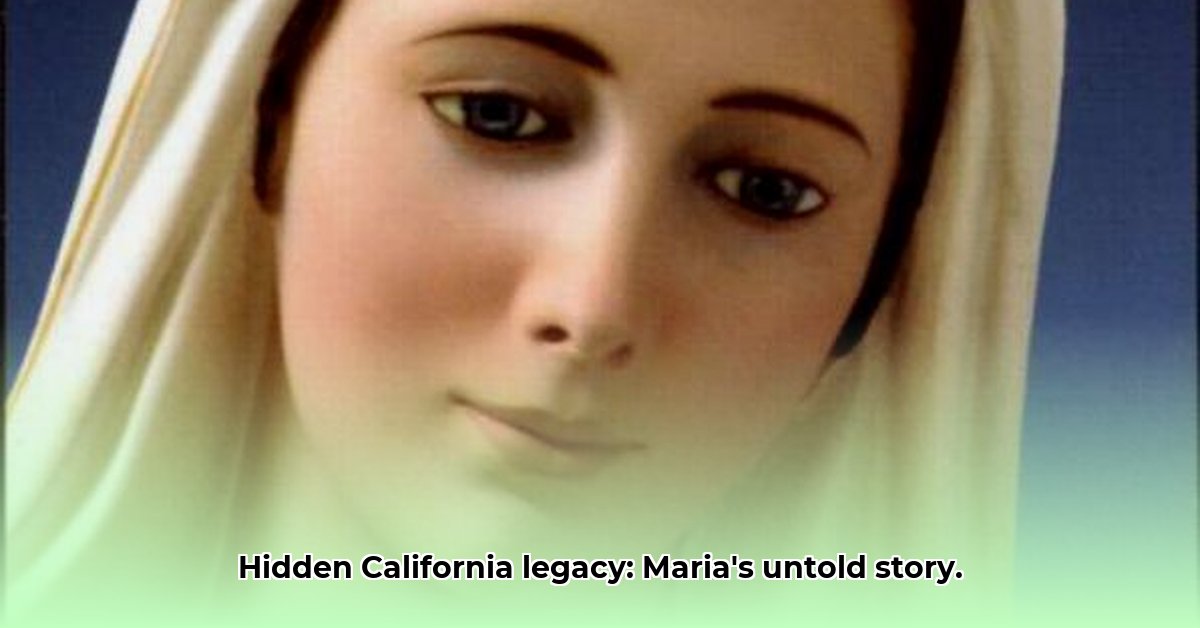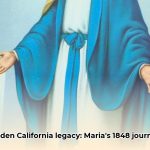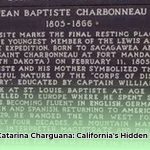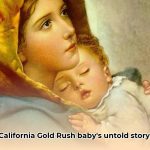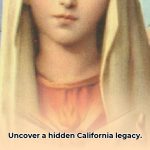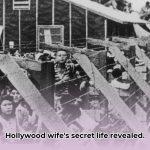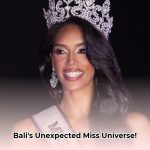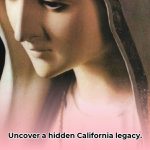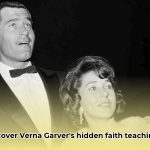Have you ever heard of Maria Catarina Charguana? Probably not. But her life was an extraordinary adventure set against the backdrop of a California undergoing dramatic transformation. Born in 1848, as California transitioned from Mexican to American rule and the Gold Rush was just beginning to reshape the state, she lived a life at the crossroads of cultures. This article delves into the captivating story of Maria Catarina, piecing together the known facts and exploring the mysteries that still surround her life. We will explore the challenges historians face when researching individuals with limited documentation and highlight the significance of understanding her experiences within the broader context of 19th-century California. Prepare to embark on a journey to uncover a hidden piece of California history! For more information, see her detailed profile.
Maria Catarina Charguana: A Life Emerging Amidst California’s Transformation
Maria Catarina Charguana’s story begins in 1848, a pivotal year in California’s history. Born at Mission San Fernando Rey de España, her birth coincided with the state’s transition from Mexican to American rule. This shift created a backdrop of immense change and uncertainty, a landscape into which Maria Catarina, granddaughter of the famed Shoshone guide Sacagawea, entered the world. Her heritage was a blend of Luiseño, French-Canadian, and Spanish cultures. Maria Catarina’s very existence represents a fascinating convergence of cultures. Her father, Jean Baptiste Charbonneau, was the son of Sacagawea, while her mother, Margarita Sobin, was a Luiseño woman. Despite this unique background, much of her life remains shrouded in mystery.
Unraveling the Threads: The Challenges of Historical Research
The historical record concerning Maria Catarina is fragmented. While basic facts such as her birth date, baptism record, and parents are documented, details about her life beyond early childhood are scarce. The spelling of her last name varies across documents, reflecting the fluidity of record-keeping practices during that era. The exact nature of her parents’ relationship remains unclear, with questions arising about whether they were formally married.
The limited availability of primary sources, such as personal letters, diaries, and official documents, poses a significant challenge to researchers. Piecing together her life is akin to assembling a jigsaw puzzle with numerous missing pieces. Uncovering information about the lives of ordinary individuals, particularly Indigenous women, whose contributions are often marginalized in historical narratives, requires dedication and perseverance.
What questions arise when examining Maria Catarina Charguana’s lineage and the circumstances of her birth?
The Puzzle of Margarita Sobin: Unveiling the Luiseño Heritage
Central to understanding Maria Catarina’s world is her mother, Margarita Sobin. As a Luiseño woman, likely born around 1825 near present-day Oceanside, Margarita connected her daughter to the rich history and traditions of the Indigenous peoples of Southern California. Exploring Margarita’s life before meeting Jean Baptiste is essential. Did she grow up within the mission system, experiencing its constraints and complexities? What traditions and stories did she pass on to her daughter? These questions highlight the importance of uncovering the lives of ordinary individuals, particularly Indigenous women whose contributions often remain hidden within broader historical narratives.
Research Methods: A Multi-Faceted Approach
Reconstructing Maria Catarina’s life necessitates a comprehensive research strategy, integrating traditional methods with modern techniques.
- Genealogical Investigation: Tracing her family lineage beyond her immediate parents may reveal relatives who preserved family stories, providing insights into her upbringing and relationships.
- Mission Records Analysis: Examining the historical archives of Mission San Fernando may offer glimpses into daily life at the mission and shed light on Maria Catarina’s early years and interactions with other residents. Baptismal records have already provided key information, but further investigation may uncover additional details.
- Luiseño Community Engagement: Connecting with the Luiseño community and exploring their oral traditions is crucial, as these stories may hold valuable information not found in written documents.
- Digital Archaeology: Exploring digitized historical records and online databases may uncover additional information or connections related to Maria Catarina’s life.
Why Maria Catarina’s Story Resonates
Understanding Maria Catarina’s story is not merely an academic exercise; it is an opportunity to acknowledge a vital perspective in California’s history. Her life represents the experiences of Indigenous women during a period of profound societal change. The Mexican-American War, the Gold Rush, and the mission system had a lasting impact on their lives. By learning about Maria Catarina, we can gain a deeper understanding of the complex forces that shaped this era.
Challenges and Unanswered Questions
Despite ongoing research efforts, significant challenges remain. The limited historical sources available mean that there will always be gaps in our knowledge of Maria Catarina’s life. Biases inherent in historical records, often written by those in positions of power, must also be taken into account. While a complete picture may never emerge, the pursuit of her story is a testament to the importance of uncovering and understanding the lives of those whose voices have been historically marginalized.
Tracing the Lineage of 19th-Century California Indigenous Women: A Guide
Maria Catarina Charguana’s life exemplifies the challenges faced by Indigenous women during the turbulent 19th century in California. Her story, partially revealed through scattered records and oral traditions, highlights the richness of her heritage and the difficulties of reconstructing the lives of many like her. How do we even begin to uncover these lost narratives?
Key Takeaways:
- The systematic erasure of California Indigenous history makes genealogical research challenging.
- Utilizing diverse resources, including oral histories and fragmented records, is crucial.
- Collaboration with Indigenous communities and researchers is essential for ethical and accurate research.
- Patience and persistence are vital for navigating the complexities of this research.
- Respect for Indigenous cultures and sensitivities must guide the entire process.
The Scarcity of Records: A Significant Obstacle
The colonization of California led to the suppression of Indigenous cultures, including the destruction of vital records. Formal genealogical records, as we understand them today, were often not kept for Indigenous populations. This deliberate action served to erase their presence and history.
Alternative Sources: Piecing Together Fragments
Despite these challenges, various avenues exist for uncovering clues to women like Maria Catarina’s heritage. Oral histories passed down through generations within Indigenous communities represent invaluable resources, carrying genealogical information woven into the fabric of their stories. Scattered records, such as church baptismal records, land grants, and census records, may also hold fragments of their lives. Mission records, while often biased, can offer glimpses into Indigenous communities and family structures.
Collaborative Research: Ethics and Respect
Ethical and accurate research requires respectful collaboration with Indigenous communities. Engaging with tribal elders and community members provides crucial information and ensures the story is told with sensitivity and respect for their cultural norms and traditions.
Navigating the Challenges: Patience and Persistence
This kind of genealogical investigation requires meticulous work, patience, and persistence. Expect dead ends and frustrating gaps in the historical record. However, even small discoveries can lead to larger breakthroughs.
Remember, the pursuit of accurately tracing the lineage of 19th-century California Indigenous women should always be guided by a deep awareness of the historical context. It involves acknowledging the trauma inflicted and working to restore a narrative that honors the lives and resilience of these women and their ancestors.
Essential Historical Context: California in the 19th Century
Understanding the historical context surrounding Maria Catarina Charguana’s life is crucial for comprehending her experiences and the challenges she faced.
Key Takeaways:
- Maria Catarina Charguana’s life reflects California’s dramatic societal shifts during the Mexican-American War and the Gold Rush.
- Her mixed heritage—Luiseño, French-Canadian, and Shoshone—underscores the complexity of identity in a changing California.
- The Mission System: Understanding The Dual Impact
- Missions, while intended as centers of religious conversion, were also sites of cultural disruption, where Indigenous traditions were sometimes suppressed.
- Navigating Cultural Collisions: The unique story of historical figures like Maria can help our understanding of the pressures put on Indigenous people to adopt foreign customs, beliefs and practices.
- Indigenous resilience: Examining Indigenous people who lived through this time in California’s history can help to underscore the endurance and determination of those who maintained their heritage.
The Gold Rush: Transformation and Disruption
The discovery of gold in 1848 triggered a massive influx of settlers into California, transforming the region’s demographics and economy. The Gold Rush brought opportunities for some but also resulted in the displacement and marginalization of Indigenous populations.
The Mexican-American War: A Shift in Power
The Mexican-American War (1846-1848) resulted in California’s annexation by the United States and ushered in a new era of American governance. This transition brought significant changes to the legal and social structures of the region, impacting the lives of both Californios and Indigenous peoples.
Cultural Crossroads: A Melting Pot of Identities
Maria Catarina’s mixed heritage reflects the complex cultural landscape of 19th-century California. The blending of Luiseño, French-Canadian, and Spanish influences created a unique and dynamic society. Understanding these cultural interactions is essential for appreciating the nuances of her life and the challenges she faced as a woman of mixed ancestry.
- Discover Verna Garver’s Life: A Hollywood Wife’s Untold Story - July 22, 2025
- Discover Verna Garver’s Untold Story: A Hollywood Wife’s Life - July 22, 2025
- Bali’s Chelsea Ivana: Miss Universe Bali 2023 Winner’s Inspiring Journey - July 22, 2025
